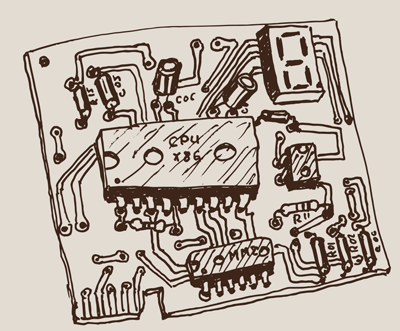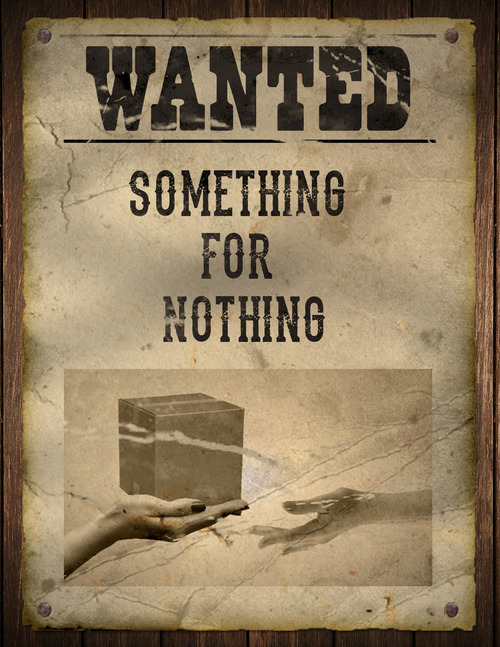
In 1968, Robert Noyce, Andrew Grove, and Gordon Moore founded a little company called Intel. Each of them had their own approach to business, research, and innovation. Moore is known for coining Moore’s law. Grove is known as one of Steve Jobs’s idols and for meticulously managing the company into a 4,500% increase in market capitalization over his tenure. Noyce was the visionary. Noyce, nicknamed “the mayor of Silicon Valley,” was the one in the lab pushing intel’s engineers past all of their preconceived boundaries to make the world’s first and best microprocessors.
Noyce had a unique way of solving problems. He believed there to be two available ways to test an idea or solution. The first he called the “pretty” method. This was the traditional method most research engineers knew. It entailed building out sophisticated machines to fully build and fully test the idea to within a closely controlled confidence tolerance. The second, the one he preferred, was considered by some the “quick and dirty” method. It became known as “the Noyce principle of minimum information.”
Summarized by Noyce, the “[m]inimum information principle attempts to guess at what the answer is to a problem, and then goes back into the science only as far as needed to see if that guess was right or not. If this does not solve the problem, one makes another guess, and then goes back again.” This principle became the prevalent method of solving problems at Intel. It makes perfect sense. If basic science tells you that there is a very small probability that an idea will work, you move on to another. If it tells you that there is a high likelihood it would work, then it is worth pursuing further. In this manner, fewer ideas need to be run to ground before a solution is found.
This method of problem solving made intel agile. Everyone is aware of Intel’s innovation speed. They are the unchallenged pace car for computer processor speed and power increases. The minimum information principle provided Intel with two main benefits in testing new ideas. The first is speed. It allows a company to go from ideation to testing and back to ideation much more quickly and frequently than the “pretty” way. This way, a company gets a working solution sooner and off to market faster. The second benefit is that the company does not generate a lot of useless scientific data and intellectual property that they would never otherwise use in the marketplace. This means less wasted resources and fewer floundering business units that need to be spun off – a mistake Xerox PARC is famous for.
Open innovation is the perfect fit for the minimum information principle. Open innovation allows a company with an existing base of researches and developers to open up momentarily, gather ideas from outside, and go back to the science just long enough to see if the idea is likely to succeed. This makes it less dangerous and more rewarding to brainstorm – to create and to find more ideas.
Remaining closed makes you slow. No matter how many talented people you have working inside your organization on a given problem, statistically there will always be more people that can do it just as well, or better, outside of your organization. When asked whether open innovation makes the R&D process shorter or longer, Helmut Traitler – Nestle’s Vice President of Innovation Partnerships – said “Shorter, obviously. You find people who have talents and resources outside. That’s what I said. If you bring people into the team that can help you to solve the problem faster then you are in the marketplace much earlier than if you did it all on your own.”
ideaphore’s mission is to help companies explore new avenues for open innovation, to efficiently use the ideas they get from the outside world to build their products and services, and to build relationships with their customers by starting that two-way conversation. The minimum information principle is but one tool in a giant arsenal of innovation methods that we can help companies apply.
Reach out to us on twitter @ideaphoreLLC if you want to talk open innovation.


